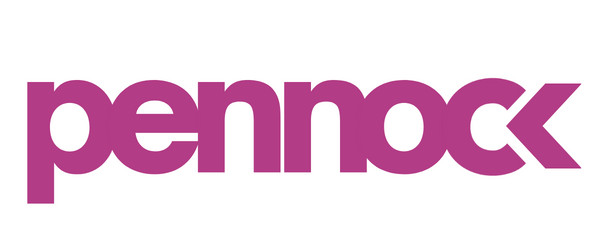The Pennock Knockdown EP 35 The 'Speed as King' Model: Why Your DTC Retention Strategy Is Failing with Nikita Vakrushev
Watch or Listen to Episode of The Pennock Knockdown on Apple, Spotify and YouTube.
The 'Speed as King' Model: Why Your DTC Retention Strategy Is Failing
Many agencies try to be a "jill of all trades". It’s a fast path to burnout and mediocre work. We learned this lesson at Pennock, and it’s why we specialized in paid media.
But in the world of retention, the problem is deeper. The traditional workflow for email and SMS is broken, slow, and costing brands money.
On a recent episode of The Pennock Knockdown, I spoke with Nikita Vakrushev, founder of the email/SMS agency Aspekt. He diagnosed the problem perfectly: most retention agencies operate on a slow, siloed assembly line. A copywriter, a designer, and a setup person all touch a single email.
The result? "If a client revision comes through, it kind of wrecks the whole entire thing," Nikita explained. "Revisions take one to two weeks".
This is unacceptable. His solution is built on one principle: "Speed as King".
1. The New Agency Model: "Speed as King"
To fix the broken workflow, Nikita flipped the script. He stopped hiring copywriters.
Instead, he hires "really, really good designers" and trains them to be "really good copywriters and really good setup people".
This is the new model. One person owns the entire creative process—design, copy, and setup. The impact is immediate: revisions now take one to two days.
As Nikita puts it, "You can teach someone copy, but you can't teach someone design". By building a team of multi-skilled designers, his agency eliminates the bottlenecks that plague the rest of the industry.
2. The AOV Rule: Stop Wasting Money on SMS
Speed is the model, but strategy is the product. One of the biggest mistakes we see in audits is a fundamental misunderstanding of when to use SMS.
Nikita shared his iron-clad rule: SMS is for low-AOV "impulse buys."
It performs brilliantly for products under $150-$200. For high-AOV products, it fails.
"If someone has to spend more than $200... that's something they may have to discuss with their husband or with their wife... SMS tends to not work as well". — Nikita Vakrushev
The Playbook: Use SMS sparingly. Its power is in automations (abandoned cart, welcome) and major sales periods (BFCM, holidays). The send cadence should be about one-third of your email frequency. Otherwise, high costs and high unsubscribe rates will eat your profit.
3. Three Mistakes Destroying Your Retention
In our client audits, we see the same critical errors. Nikita confirmed the three biggest "icks" he sees daily.
1. The One-Step Popup Asking for a name, phone number, and email all at once is a high-friction disaster. "That scares away... everyone else that's visiting your website," Nikita says. "Your opt-in percentage is probably... sub 2 to 1%". The Fix: Use a multi-step popup. Ask for email first, then SMS.
2. Burying the Offer "90% of people don't read the entire email," Nikita stated. "Unfortunately, most people see just the first thing on the email". The Fix: All critical information—the offer, the conditions, the CTA button—must be above the fold.
3. Sending Without Exclusions Blasting your entire list is lazy and dangerous. "That's only gonna tarnish your domain reputation and hurt your deliverability in the long run". The Fix: Always exclude bounces, spam reporters, and unengaged users.
The Full-Funnel Mandate: Connecting Ads to Email
An email agency that doesn't own list growth is "almost irresponsible," Nikita argues.
This is where our paid media strategy and their retention strategy must align.
Many brands only run conversion campaigns on Meta. But we have clients who always see a stronger, more profitable ROAS when we run lead-gen ads instead.
We run the Meta lead-gen ads. We "give the brand leads, not... conversions".
Then, we let a high-performing email funnel, like the ones Nikita builds, do the work. As he says, "Once you get that email, it's free impressions for the rest of the life of that subscriber".
This is the new playbook. Stop hiring slow generalists. Hire a specialized, fast retention team. Then, align your paid media strategy to feed that engine.
